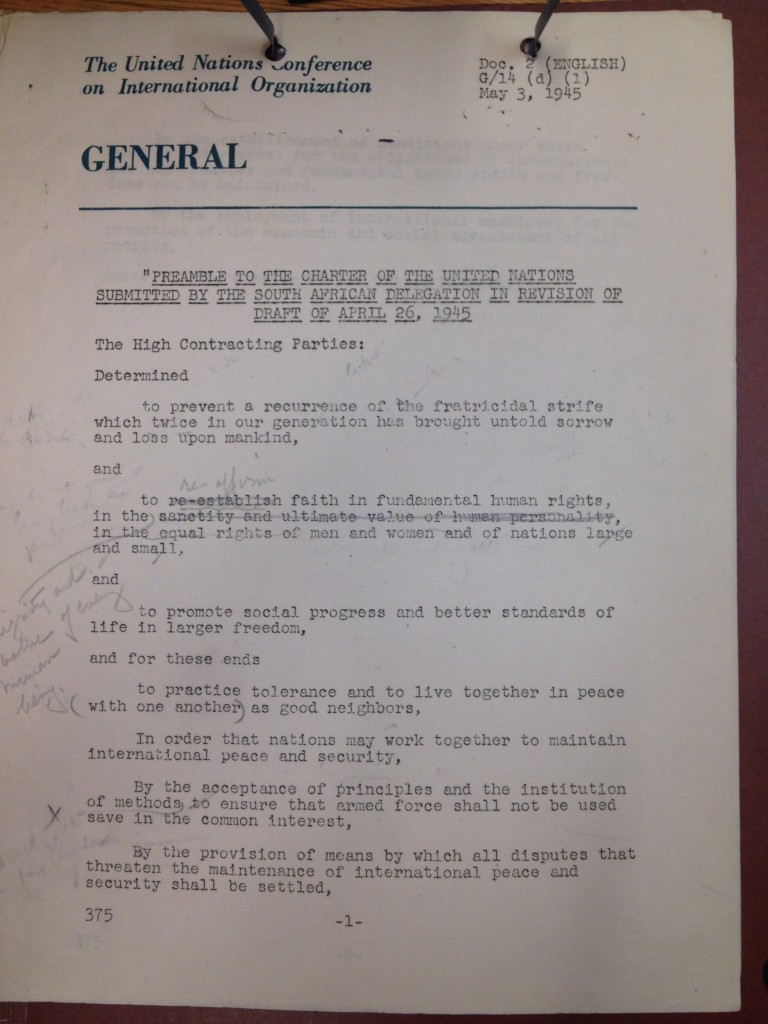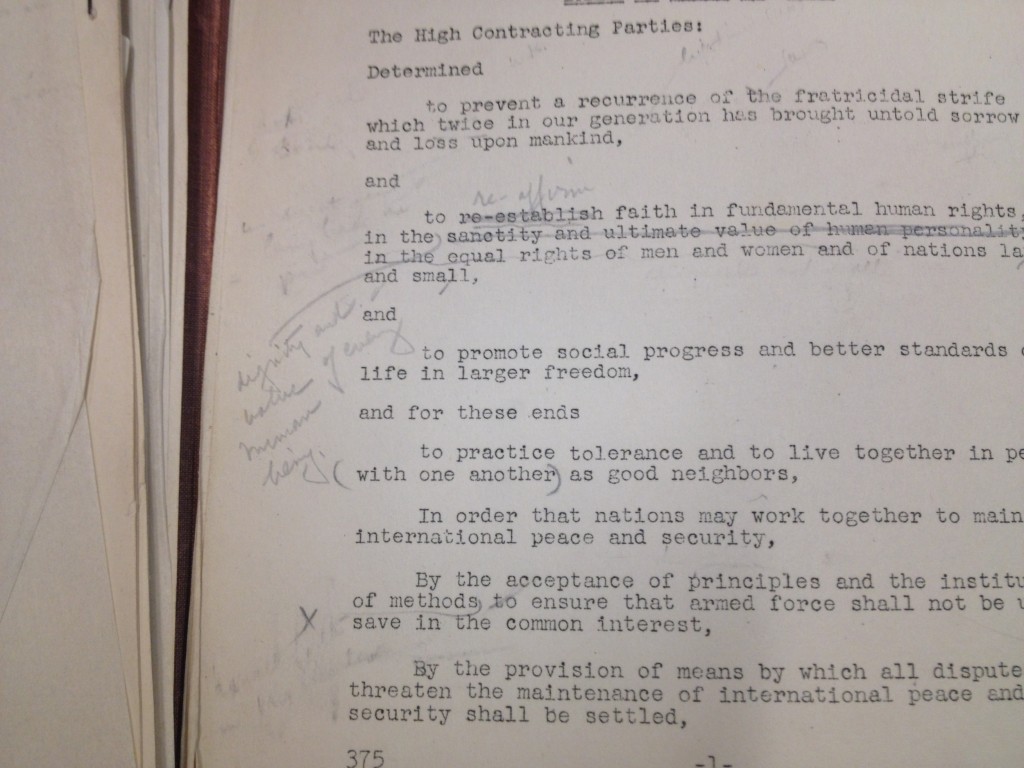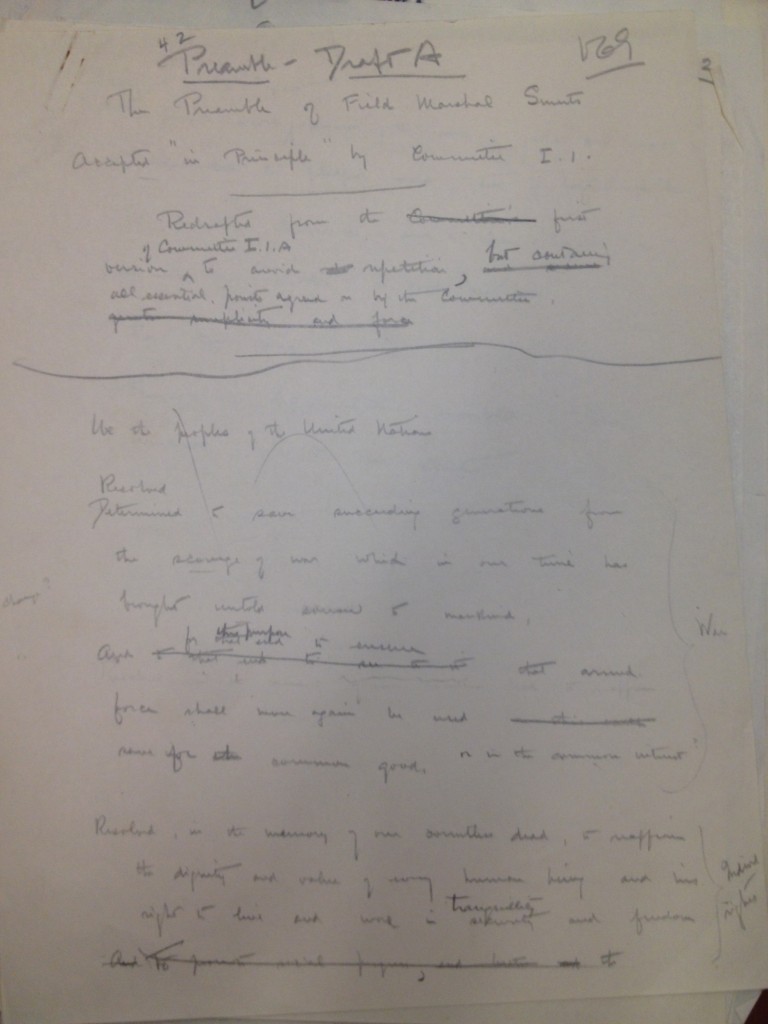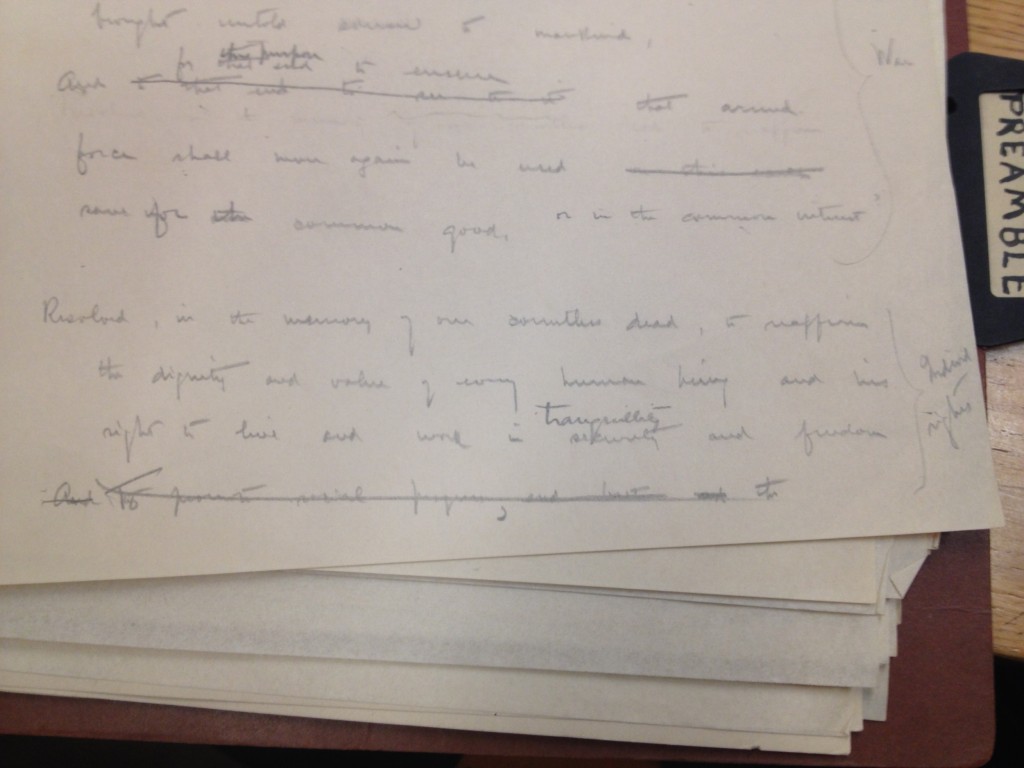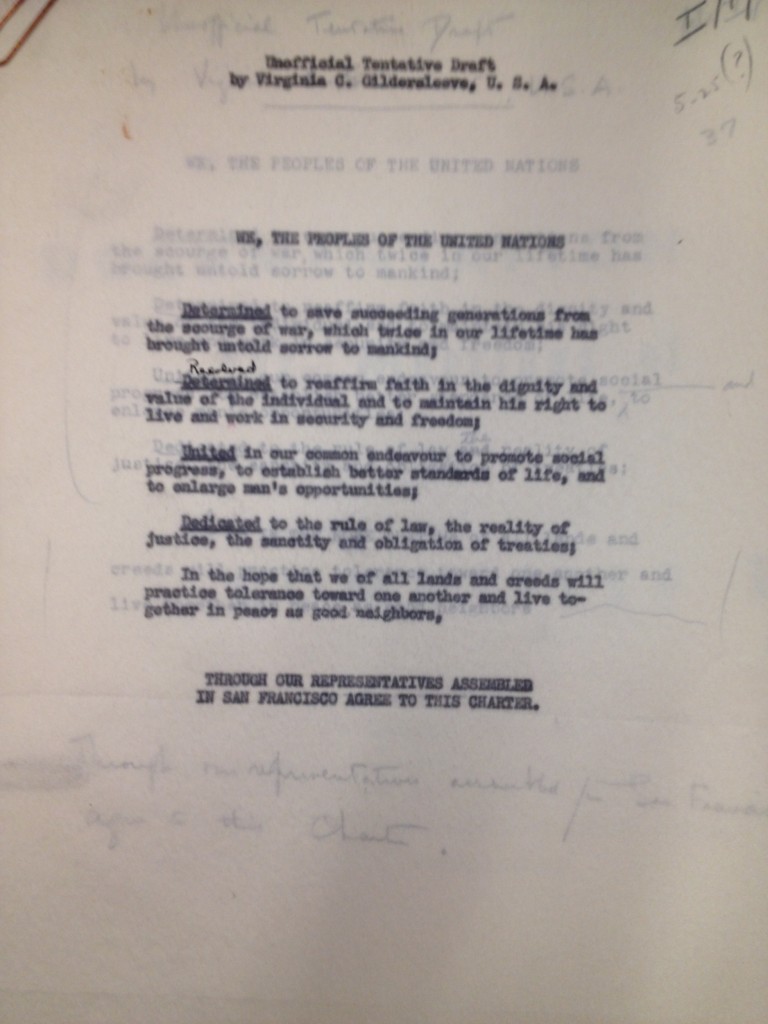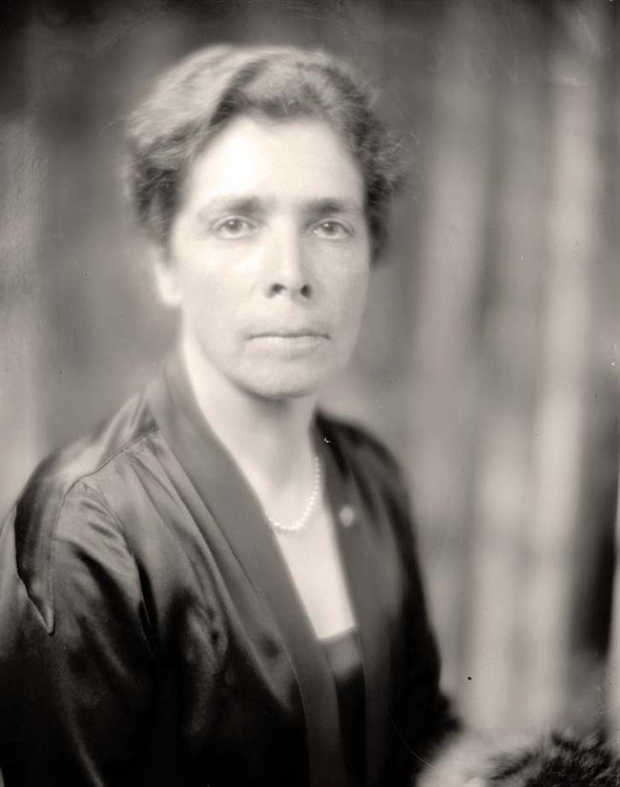 Given the current fascination with”human dignity” — which I have canvassed elsewhere — a number of people are interested in why it became canonized in the first place.
Given the current fascination with”human dignity” — which I have canvassed elsewhere — a number of people are interested in why it became canonized in the first place.
It percolates around Western intellectual history from the Greeks (or more accurately Romans) on, and scholars like Michael Rosen and Jeremy Waldron have recently tried to interpret its historical trajectory, and puzzle through its theoretical implications. Christopher McCrudden has devoted a massive edited volume to it, and I have written about its role in recent American constitutional law on this blog.
But it could be that without Virginia Gildersleeve, no one would be talking about it today.
After all, even though it appeared early in the Irish Constitution of 1937, and a series of mainly West European constitutions after World War II, if “dignity” hadn’t been in the United Nations Charter (1945), I seriously doubt it would have been eligible for the current meditation and promotion it is undergoing.
In a recent review article, Charles Beitz made the major breakthrough, noting that, as an American delegate to the San Francisco conference, Gildersleeve improved South African Marshal Jan Christian Smuts’s original draft of the UN Charter preamble and credited herself in her memoirs Many a Good Crusade (1954) for inserting dignity.
On a lark, last week I spent a couple of hours in the Gildersleeve papers, housed at the Rare Books and Manuscript Library at Columbia University, to see if anything more can be said about the matter. I am suspicious of the historian’s fantasy of the smoking gun — but I indulged it anyway. In fact there wasn’t any new evidence of why exactly Gildersleeve edited the text in the way she did, if she deserves sole credit anyway. Chuck Beitz has pretty much said what there is to be said about how dignity got there. But I did take some pictures. (I also dutifully looked at the papers of Elizabeth Reynard at Harvard Schlesinger library; she was Gildersleeve’s assistant, but there was nothing of interest there either.)
Delegates arrived in San Francisco in May 1945 armed with lots of proposals — from their own and other governments — which included Smut’s renowned new prologue. The general challenge for Gildersleeve, Smuts, and others at the time of the conference, as I have detailed in The Last Utopia, was to prettify the great power settlement of the Dumbarton Oaks agreement a year before, and the insertion of dignity and even “human rights” were part of this endeavor. The preamble actually had pride of place: as Gildersleeve observed, it was the one thing any normal person was likely to read.
Smut’s draft mentioned the “sanctity” of the human being, and Gildersleeve made the edit very early in the process.
Actually it seems as if New Zealand made the suggestion first:
But obviously that exact formulation wasn’t used. Instead it was agreed in the relevant committee (I/1/A) to stick to Smut’s draft and edit it more closely.
I believe (I could be wrong) that Gildersleeve’s real time edits and insertion of dignity in the form in which we have it occurred in the last days of May on this document:
She then rewrote the whole thing to reflect the then-current draft, which became the basis of later discussions, though her temptation to substitute human dignity not only for sanctity but for Smut’s original reference to human rights didn’t prevail:
Here it is typed up:
So those are my pictures. A few final observations.
There was no controversy around or discussion of these changes. As Beitz observes, “The employment of the term ‘human dignity’ is evidence that this term had a positive valence in the vernacular of the moment, but the offhandedness of the decision to place it early in the preamble and the absence of any consideration of its significance argue against inferring any shared, articulate purpose.”
As Beitz notes, I have argued that human dignity was most prominent in the immediately prior years in world discourse in Catholic teachings, notably Pius XII’s then famous Christmas message of 1944 concerning the basis of a just peace. But Beitz is still right that dignity is not “earmarked” in any particular (let alone Catholic) sense. (This does not mean there were major alternative discourses of human dignity, for example a live school of neo-Kantians at the time circulating the term.)
But it also follows from the lack of controversy attending the edit that the text might have stayed the same or been changed in some different way, with equally little debate. Aside from the alteration of “value” to “worth” and Smuts’s change of “human being” to “human person,” not many changes were made to this part of the preamble after these edits. As far as I know, no interpretation of the term took place in United Nations circles at any point in the era.
History is made of accidents. The Universal Declaration of Human Rights three years later also embededded dignity, along with the postwar constitutions (many German states and Bavaria first of all as well as Italy, South Korea, and finally the German Federal Republic) in their openings. But if Gildersleeve hadn’t made her edit, none of that — including our current intense interest in dignity — might have happened.
In that alternative world, we would now have to be interested in the “sanctity” of the human being, or in something else.

